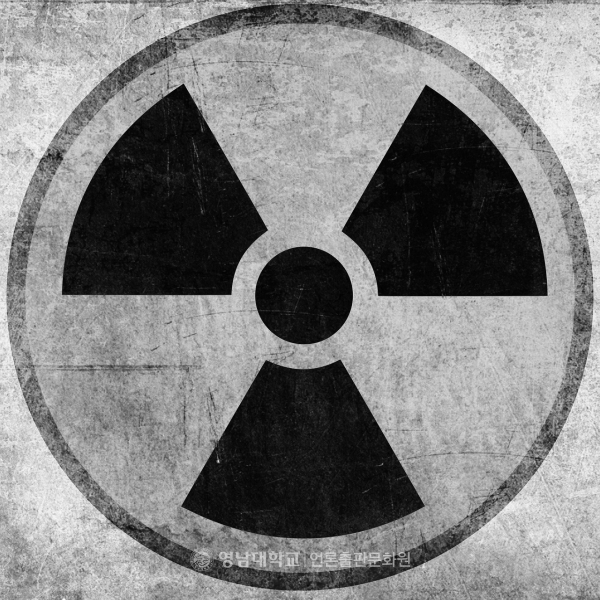
The Fukushima nuclear power plant disaster is a powerful reminder of how nature’s strength can lead to huge problems. This catastrophe was triggered by a massive earthquake and a subsequent tsunami that struck Japan on March 11, 2011. This disaster affected the Fukushima Daiichi Nuclear Power Plant in Japan. It is recognized as a level 7 nuclear accident, making it one of the most severe incidents.
A comparable incident occurred in Canada, where a level 5 river accident unfolded. Approximately 4,500 tons of contaminated water were released into a sandy area, while the radioactivity levels in the surrounding drinking water remained stable. However, similar to Fukushima, the explosions at the Chornobyl nuclear power plant in the former Soviet Union, which were Category 7, contaminated the soil and water in the surrounding areas.
The Japanese government’s approach involves treating a mixture of cooling water, used to tame the fiery aftermath of the nuclear fuel meltdown, alongside infiltrated groundwater, converting them into radioactive isotopes using Advanced Liquid Processing System (ALPS). However, there is a challenging substance called tritium that ALPS can not easily remove. Tritium is similar to water and is hard to get rid of. Consequently, the Japanese government intends to combine tritium with seawater by releasing it into the ocean, with stringent safety protocols.
It is known that tritium, when present in water, is primarily excreted within approximately ten days, even if it enters the body. However, there is also a view that this has underestimated the effect of tritium. The prevailing understanding is that tritium poses minimal risk to human health. Still, conflicting viewpoints persist, raising questions about a comprehensive understanding of its effects.
Cleaning up after nuclear accidents is challenging, and numerous difficult decisions must be made. Scientists must collaborate and expand their knowledge to identify optimal solutions. The narrative of Fukushima and its lessons on science and the environment will continue to unfold over an extended period.


